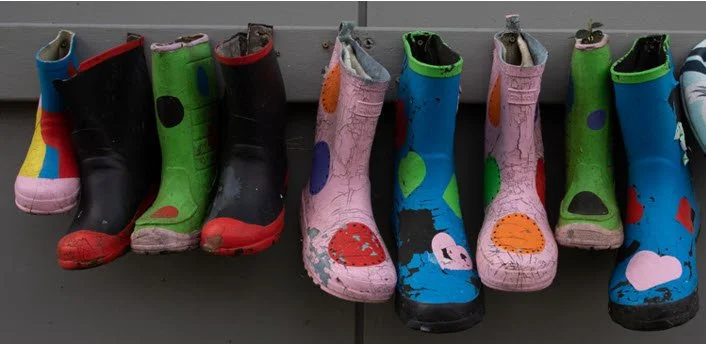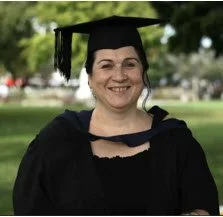Embracing Diverse Learners: A Case for Universal Design in New Zealand Education
There has been a lot of talk lately about reforms to education in New Zealand, with a change in government. People are wondering what direction the education system will go, especially when it comes to supporting students with complex educational needs. Six priorities were released by the Minister of Education, with the fifth priority targeting stronger learning support. As these new provisions for education take shape, one approach worth incorporating is universal design for learning (UDL).
UDL can offer a pathway for dismantling systemic barriers and ensuring equitable opportunities for all young New Zealanders to thrive, and it is well-suited to the principles laid out in strategies like Ka Hikitia and the curriculum refresh work that has been completed within Te Mātaiaho (Ministry Of Education, 2013; Ministry of Education, 2022).
What is UDL?
UDL is a framework that supports educators in creating learning experiences that are as inclusive and accessible as possible from the planning stage. By proactively accounting for learner variability, all students are offered equal opportunities to learn and demonstrate what they know. This proactive, inclusive approach aligns well with the majority of the Minister's six new priorities for education, which emphasise supporting all students to achieve their full potential, regardless of background, circumstances, or unique learning needs.
The core principles of UDL are important in providing multiple means of:
engagement e.g., offering choices for self-regulation and sustaining effort,
representation e.g., having flexibility in the presentation of information and concepts, and
action and expression e.g., allowing alternatives for navigating and expressing learning (CAST, 2011).
Inclusive learning environments that cater to the diverse needs and preferences of all learners enable them to engage more deeply with the content, to better understand and retain information, and to demonstrate their knowledge in ways that align with their strengths, leading to improved academic achievement and success (Rao & Meo, 2016).
By experiencing different ways to process information, express themselves, and engage with content in the classroom, students practice understanding and valuing diverse viewpoints. Learners can access and engage with content based on their strengths, while also developing critical literacies, creativity, and technology skills needed to navigate our interconnected world.
Supporting diversity in education
The achievement gaps between demographic groups are nothing new, and recent data (Education Review Office, 2022) shows these gaps are not closing. This persistent inequity may stem from a traditional "one-size-fits-all" approach to teaching and learning that fail to adequately account for the diverse backgrounds, experiences, and learning needs present in today's classrooms. One hour of reading, writing, and math instruction is more likely to be effective for all students if it incorporates principles of UDL to accommodate the diverse learning needs we have in New Zealand classrooms.
UDL recognises diversity in modern classrooms in terms of students' backgrounds, abilities, interests, and learning preferences. By consciously and consistently building choice, flexibility, and multiple pathways into the curriculum from the start, UDL helps teachers to effectively engage and support the wide variability present.
UDL could also play a pivotal role in narrowing achievement gaps, including for Māori and Pacific learners, students from low socioeconomic backgrounds, and those with diverse learning needs. Underpinned by a student-centered philosophy, the approach addresses the Minister's priorities of lifting achievement for all and ensuring every child can progress and develop the skills and knowledge needed for success. For example, developing strong literacy, numeracy and science capabilities could be enhanced through UDL's emphasis on offering multiple modalities for delivering core content within Te Mātaiaho, with options for auditory, visual, hands-on, and other representations of key concepts to increase accessibility and support deeper understanding.
With underachievement and disengagement as such big issues right now, the benefits of UDL should grab the attention of educators and policymakers. And with reforms on the table, the timing is perfect to map an innovative, inclusive vision for our schools. We live in an incredibly diverse society, with people from diverse backgrounds interacting and working together like never before. UDL provides a blueprint for helping all students build the exact skills they need to navigate and collaborate across cultures effectively.
Bio:
Fiona Mitchell is a Specialist Outreach Teacher in the Manawatu/Horowhenua region, where she supports students with complex educational needs in schools and homes. She has many years of experience in education, and a huge passion for inclusive education. Fiona is studying towards a PhD, focusing on Universal Design for Learning as an inclusive framework to promote equitable and accessible education opportunities for all.
References:
CAST. (2011). Universal design for learning guidelines version 2.0. CAST.
Education Review Office. (2022). Thriving at school? Education for disabled learners in schools | Education Review Office. Ero.govt.nz. https://ero.govt.nz/our-research/thriving-at-school-education-for-disabled-learners-in-schools
Ministry of Education. (2013). Ka hikitia : accelerating success, 2013-2017. Te Tāhuhu O Te Mātauranga.
Ministry of Education. (2022). Te Mātaiaho: The New Zealand Curriculum Refresh. https://curriculumrefresh.education.govt.nz/
Rao, K., & Meo, G. (2016). Using universal design for learning to design standards-based lessons. SAGE Open, 6(4), 1–12. https://doi.org/10.1177/2158244016680688


